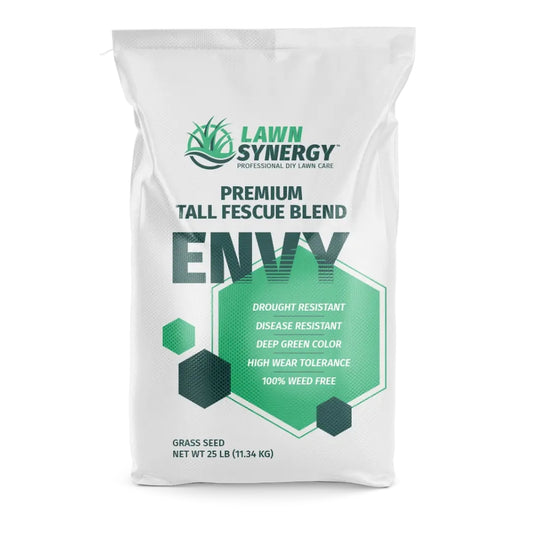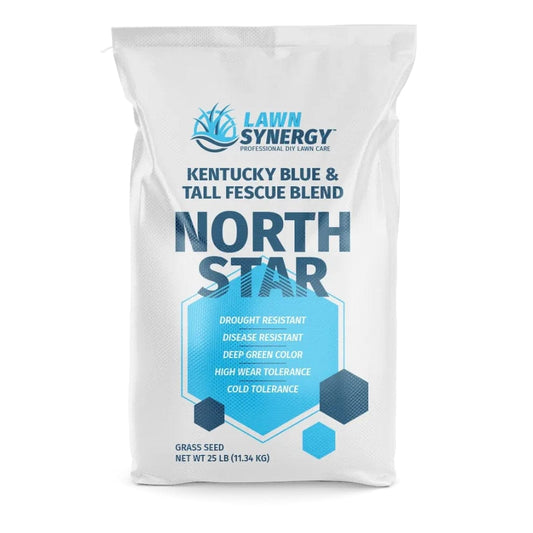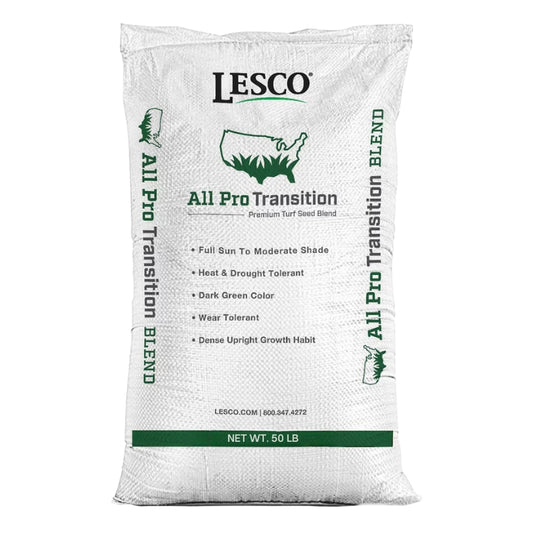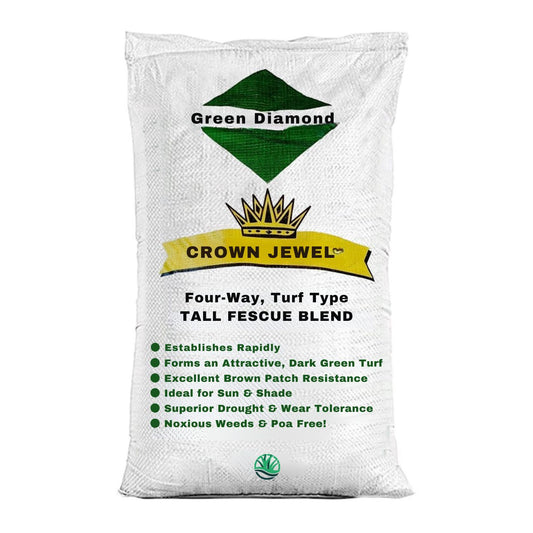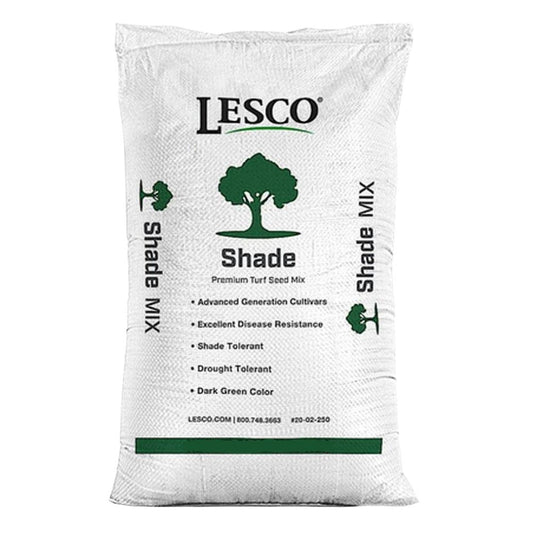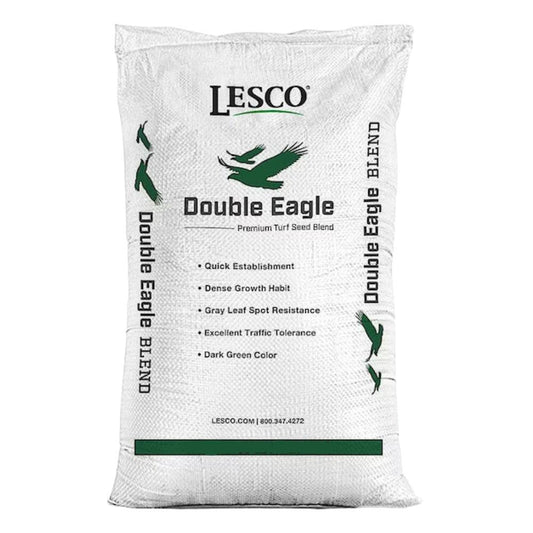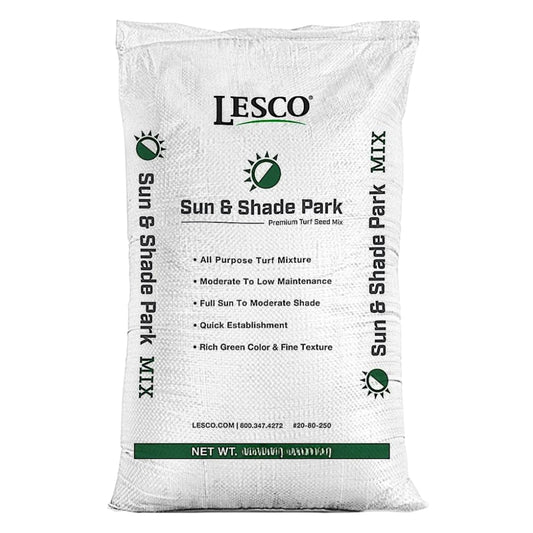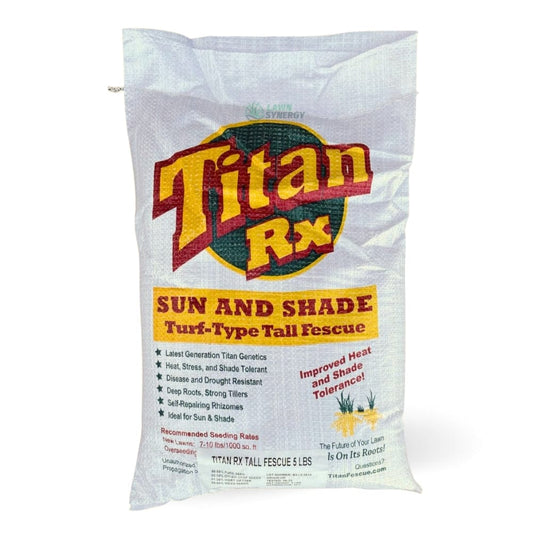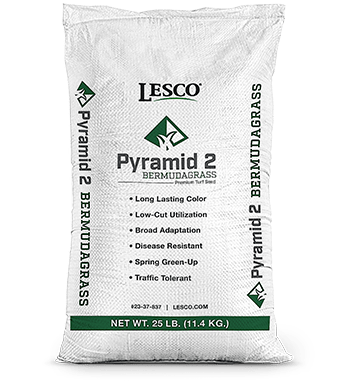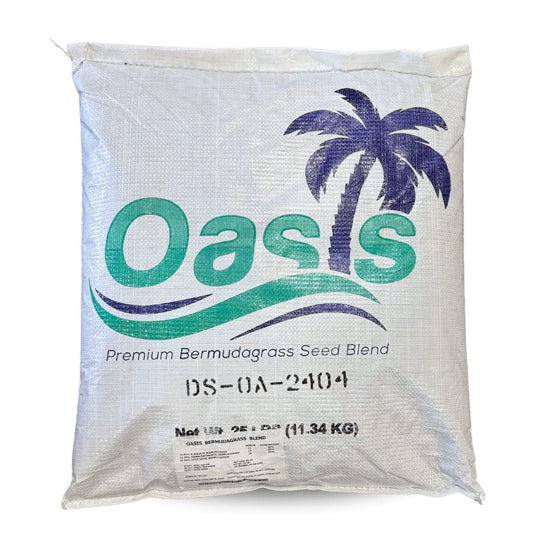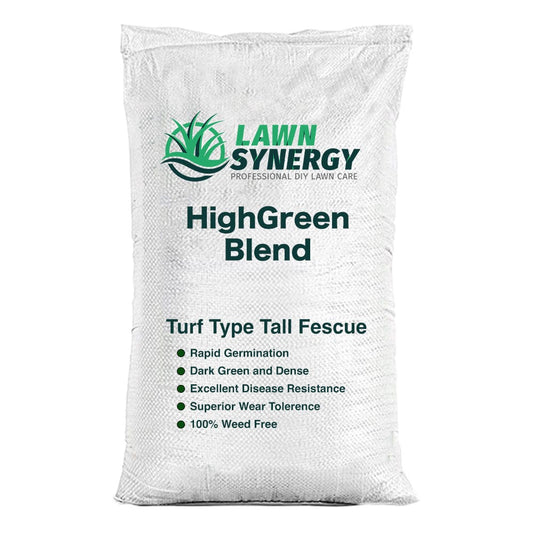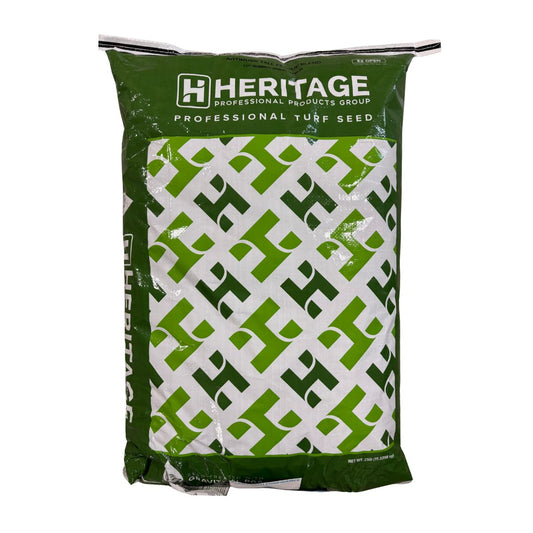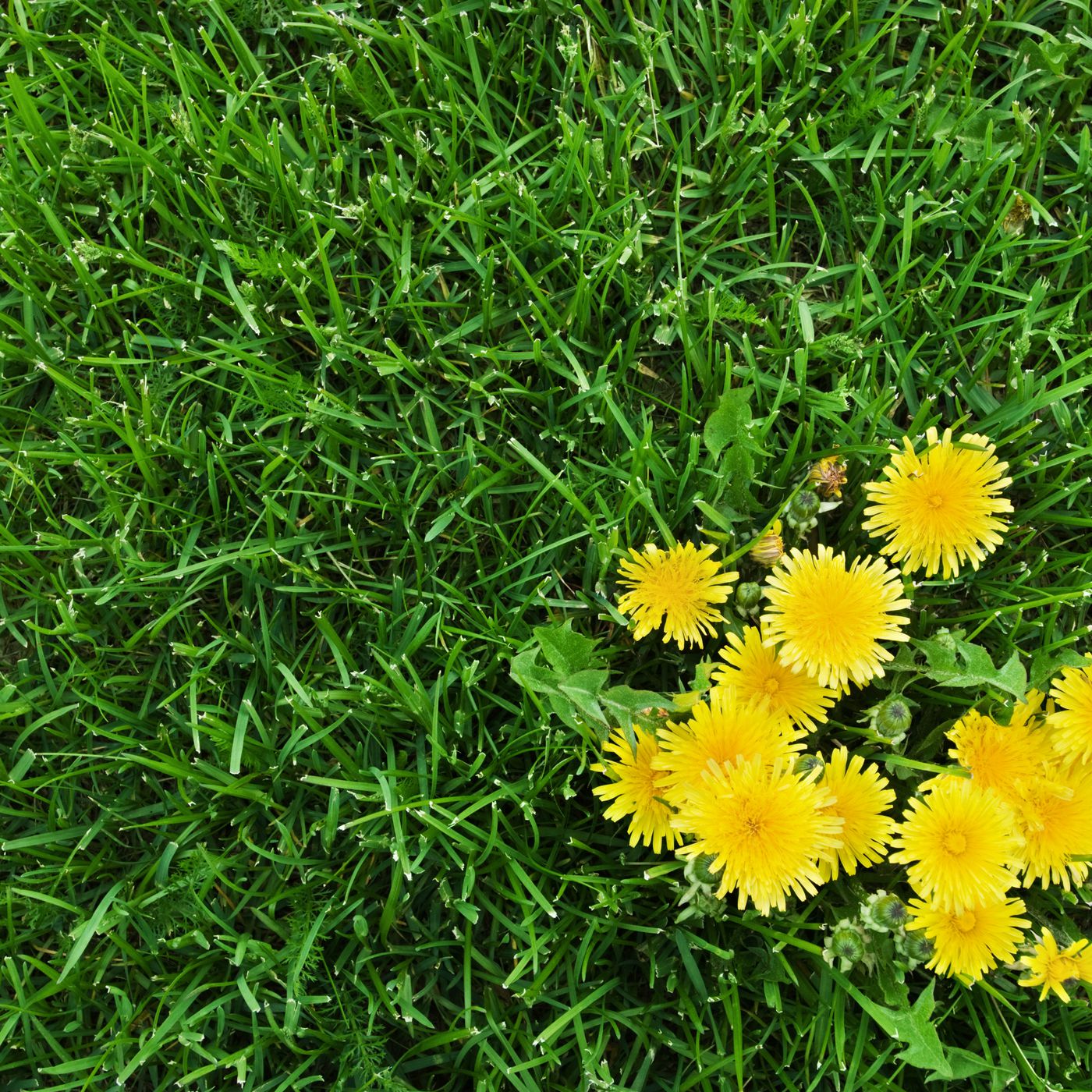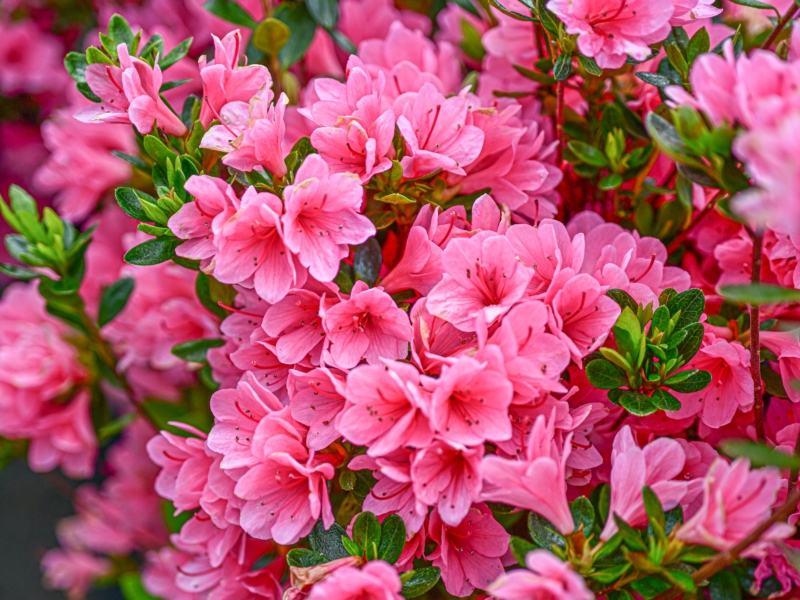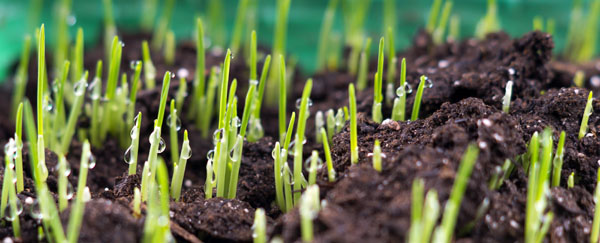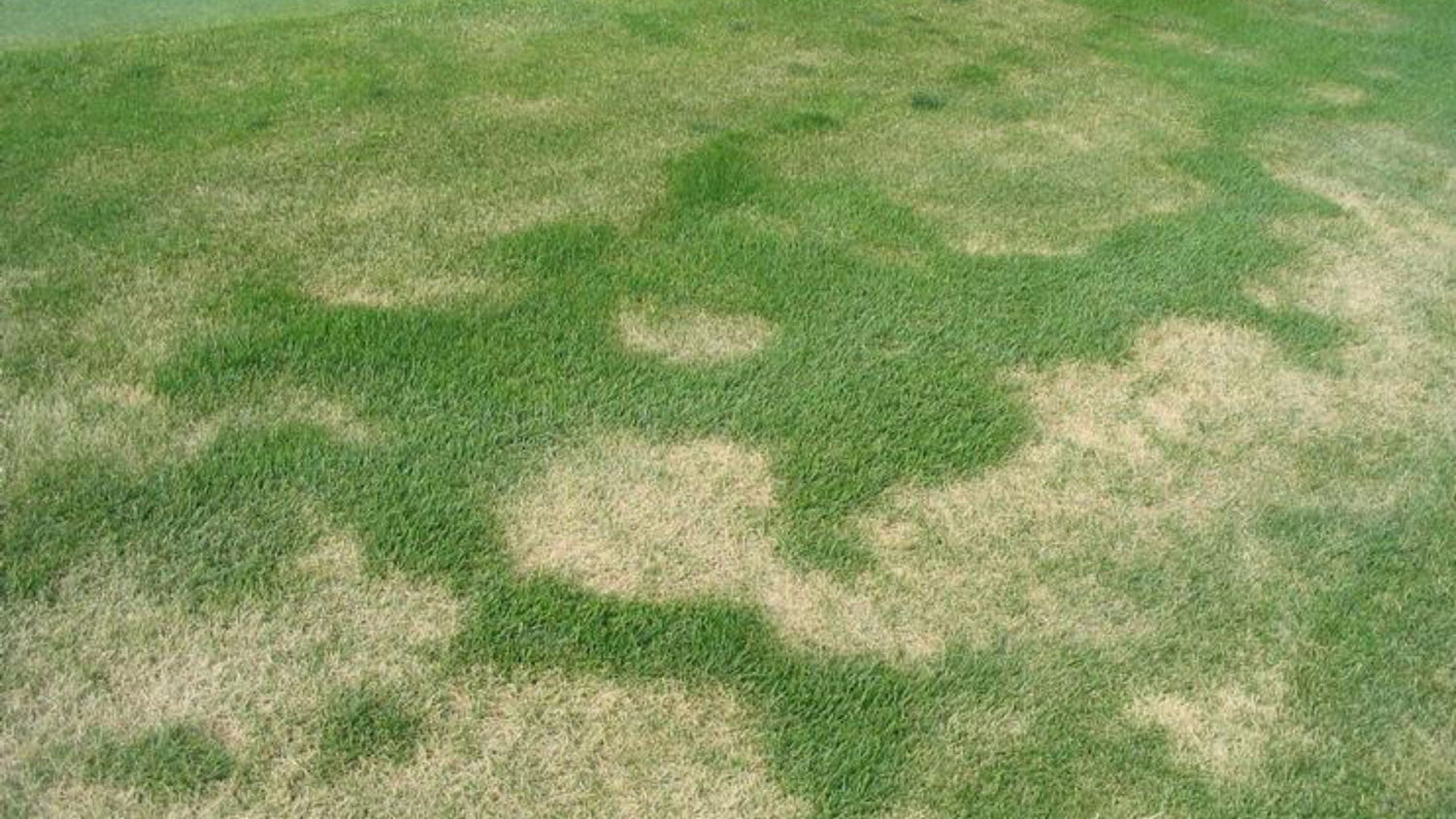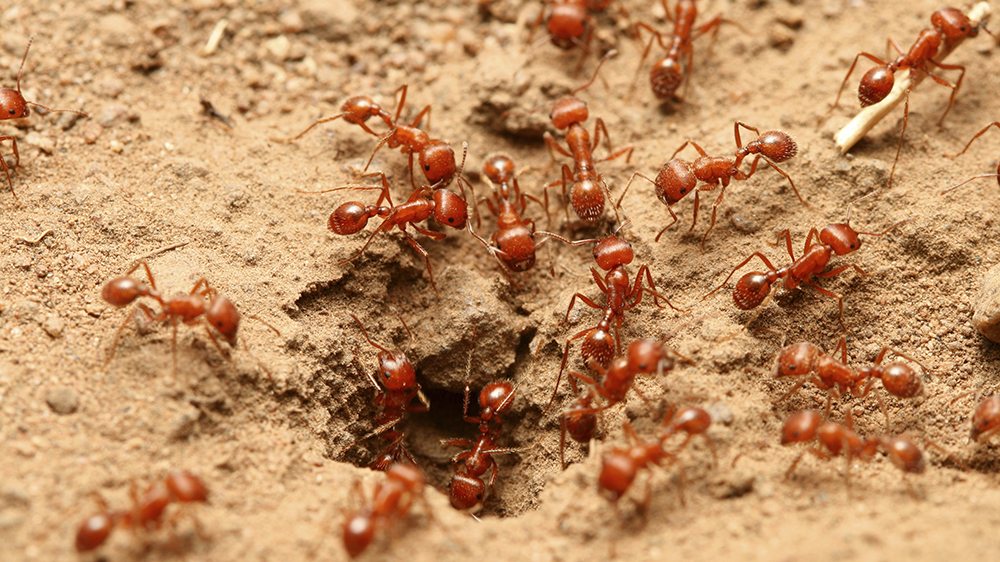Fall Grass Seed
-
Envy Premium Tall Fescue Grass Seed Blend
Regular price From $54.99Regular priceUnit price per -
North Star Grass Seed | Premium Kentucky Bluegrass & Tall Fescue Blend
Regular price From $56.68Regular priceUnit price per -
 Sold out
Sold outShade Pro Grass Seed
Regular price From $56.99Regular priceUnit price per -
 Sold out
Sold outVelocity Perennial Rye Grass Seed
Regular price From $49.99Regular priceUnit price per -
Lesco All Pro Transition Tall Fescue Grass Seed
Regular price From $54.99Regular priceUnit price per$149.95Sale price From $54.99Sale -
Lesco Tall Fescue Select Blend Grass Seed
Regular price $169.99Regular priceUnit price per$169.99Sale price $169.99 -
Crown Jewel Elite Tall Fescue Grass Seed - 50 lbs.
Regular price $189.99Regular priceUnit price per -
Lesco Shade Grass Seed
Regular price From $54.99Regular priceUnit price per -
Lesco Double Eagle Rye Grass Seed
Regular price From $54.99Regular priceUnit price per -
Lesco Sun & Shade Park Grass Seed
Regular price From $54.99Regular priceUnit price per -
Titan RX Sun and Shade Turf-Type Tall Fescue Grass Seed
Regular price From $34.99Regular priceUnit price per -
 Sold out
Sold outLESCO Estate Eagle Plus Grass Seed
Regular price $54.00Regular priceUnit price per$0.00Sale price $54.00Sold out -
LESCO Pyramid 2 Bermuda Grass Seed (Coated) 25 lb.
Regular price $257.99Regular priceUnit price per -
Bermuda Grass Seed - Improved 3-way Blend
Regular price $189.99Regular priceUnit price per -
Highgreen Turf Type Tall Fescue Seed
Regular price $159.99Regular priceUnit price per -
Artimuss Tall Fescue Grass Seed
Regular price From $89.82Regular priceUnit price per$148.75Sale price From $89.82Sale -
 Sold out
Sold outSouthern Charm Bermuda Grass Seed
Regular price $99.00Regular priceUnit price per
Fall is the absolute best time of year to plant grass seed. With cooler temperatures, warm soil, and consistent rainfall, your lawn gets the perfect environment for strong root development before winter. Whether you're overseeding an existing lawn or starting a new one from scratch, seeding in fall gives your turf a head start for a lush, thick lawn come spring.
Why Fall is the Best Time to Seed
- Warm soil temperatures help grass seed germinate quickly.
- Cooler air temps reduce stress on young seedlings.
- Fewer weeds compete with new grass during fall.
- Stronger roots develop before winter dormancy.
How Much Grass Seed Do You Need?
Use the chart below to determine how much seed to apply:
- Aeration & Overseeding: 4–5 lbs per 1,000 sq ft
- New Lawn Installation: 8–10 lbs per 1,000 sq ft
For best results, always measure your lawn square footage and apply seed evenly with a broadcast or drop spreader.
Proper Lawn Preparation is Key
To get your grass seed to germinate and thrive, preparation is essential. Seed that sits on hard or compacted soil won't grow well. Here's what to do:
- Loosen the soil with core aeration, dethatching, or light tilling.
- Ensure seed-to-soil contact by raking seed into the top layer of soil.
- Topdress with wheat straw or peat moss. This is not optional. Without a topdressing layer, your germination rates will be poor. The covering helps retain moisture and humidity—two things critical to getting seed to sprout.
Watering is Critical
Once your seed is down and topdressed, consistent watering is what makes it grow. Keep the top layer of soil moist at all times until the seed germinates—typically 7–14 days. Water lightly 1–2 times a day, especially during dry or windy weather. Once the seed has germinated, gradually reduce watering frequency and increase depth to encourage root growth.
Our Premium Fall Grass Seed Blends
Envy Premium Tall Fescue Grass Seed Blend
Envy is our signature tall fescue blend designed for dark green color, superior density, and drought tolerance. It's ideal for overseeding or new lawn installs in cool-season areas. This blend contains 0% weed seed and is composed of elite turf-type tall fescues that deliver professional-grade performance for homeowners.
North Star Grass Seed Blend
North Star combines our premium Envy tall fescue base with 10% 365SS Kentucky Bluegrass for added sod-forming ability and cold tolerance. It's perfect for northern climates where winter hardiness and deep green color are top priorities. Like Envy, North Star contains 0% weed seed and is 100% pure seed—no coating, no filler, just results.
Whether you're renovating your lawn or planting a brand-new one, our fall grass seed blends are crafted to deliver exceptional results when it matters most. Choose the right seed, prep your soil properly, and follow through with watering and topdressing—and you'll have a lawn you can be proud of.

